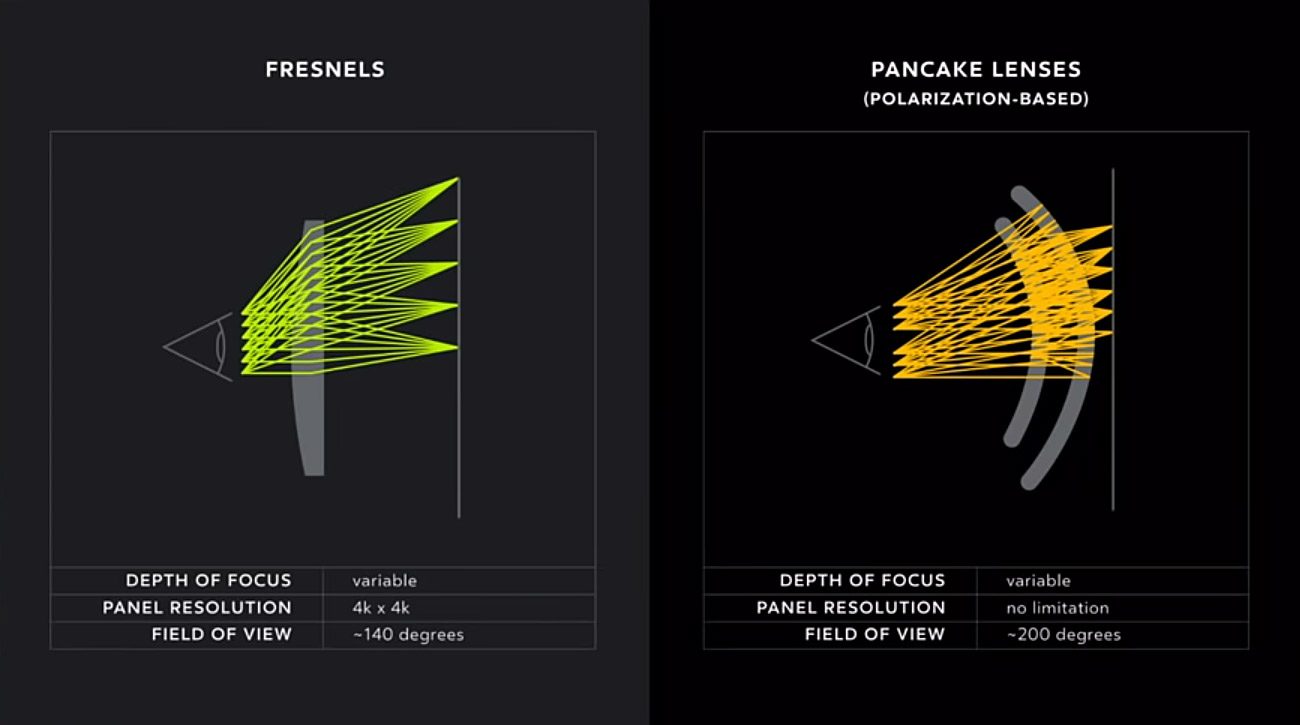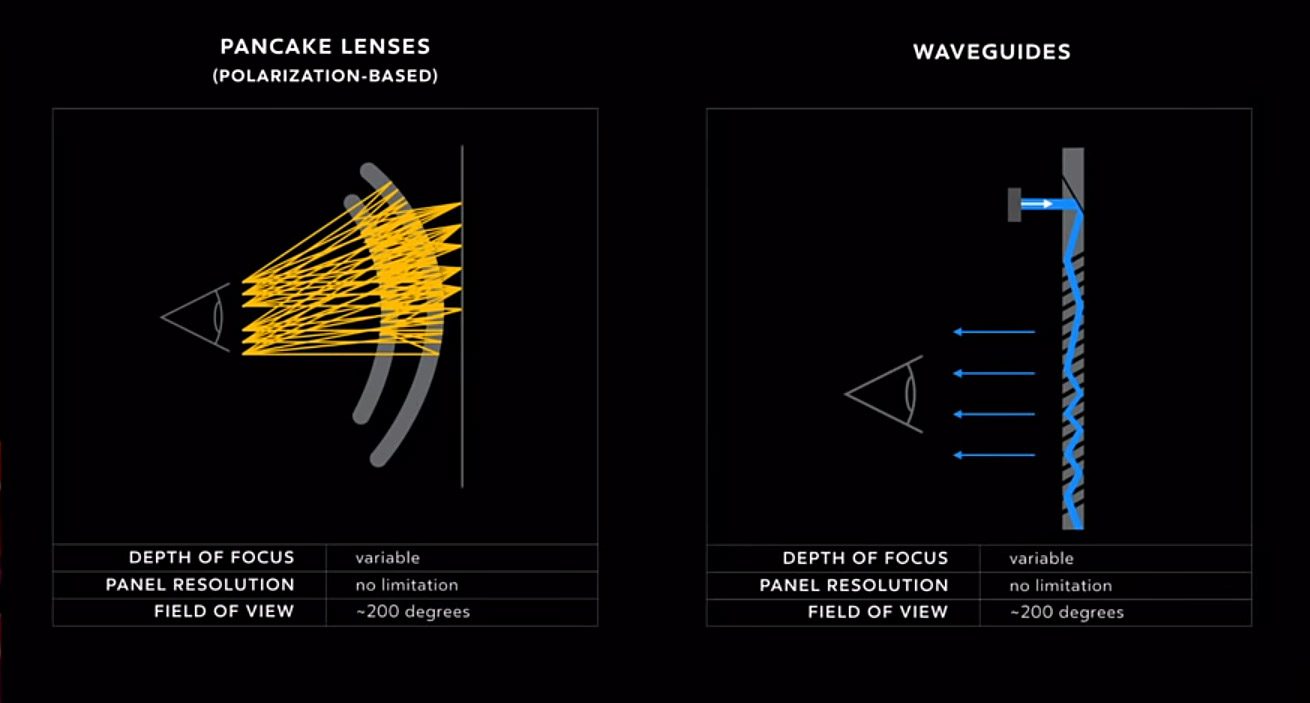-
The Meta Quest Pro.Meta
-
A high-end price for a high-end device.
-
A charging cradle will let users easily charge the Quest Pro and its controllers.
-
A demonstration of the kinds of non-verbal communication and avatar expressions possible with the Quest Pro's inward-facing cameras.
-
A demonstration of how a game like Beat Saber can be overlaid on top of "real world" surroundings for a mixed reality experience with Quest Pro.
-
Mark Zuckerberg shows off a new avatar design, complete with moving facial expressions, that Meta hopes to roll out in 2023,
Part of that "mixed reality" pivot comes in the Quest Pro's more open lens design, which lets users see the physical world around them in their peripheral vision. That should allow users to perform simple tasks in the real world without taking off the headset, such as "jot[ting] down a note, grab[bing] something on your desk, or just be[ing] aware of what's going on around you," Meta said. Users who want a more immersive experience, though, can clip on magnetic "light blockers" to the side of the headset for a "partial blocked" take on the outside world (optional accessories will allow for "fully immersed" experiences if a user wants to completely cut off their surroundings, Meta said.
Quest Pro also sports new, full-color passthrough cameras that capture four times the resolution of those on the Quest 2, Meta said. Combined with a depth system that can detect the location of objects in your environment, which allows for a mixed-reality layering of virtual items on a stereoscopic display of your real-world surroundings, complete with new "anchoring" technology that locks those virtual items in place, Meta said.
More power, more features
Tech-wise, the Quest Pro touts a Snapdragon XR2+ processor and 12GB of memory (up from 6GB on the Quest 2). That means the device "runs at 50 percent more power" than Quest 2, Meta said, with better thermal dissipation as well.
A new pancake lens design, meanwhile, folds light from the displays over itself multiple times on the way to the eye, allowing for a lens enclosure that's 40 percent thinner than those in Quest 2. Those displays have 37 percent more pixels per inch than the Quest 2, Meta said, making for an 1800×1920 pixel per eye resolution at 90 Hz refresh rates. Those displays also generate 75 percent more contrast thanks to "local dimming technology," Meta said, and feature a "1.3x larger color gamut" than Quest 2.
On the other end of the device, Meta's "first ever curved cell battery" tucks behind the user's skull to provide better overall balance, Meta said. But a Meta representative told the Verge that the battery would only last an hour or two on a single charge, before needing a full two hours to recharge.
Overall, the Quest Pro weighs in at 722 grams, Meta representatives told The Verge. That's significantly more than the 503-gram Quest 2, but comparable to the 676 grams of the Quest 2 with its optional elite strap.
The Quest Pro also features inward-facing cameras that can capture a user's facial expressions, allowing for VR avatars that show the "non-verbal expressions and gestures that can be more important than what we do or say," as Meta CEO Mark Zuckerberg put it. Short demos showed those avatars capturing everything from eyebrow raises to subtle smiles to larger mouth movements like eating food.
-
Complete with glowy purple lenses
-
Quest Pro comes in a box: confirmed.
-
Comes with everything you see here.
-
Look ma, no tracking rings!
Quest Pro is "the first in our new line of advanced headsets" and "a high-end device designed for work and for people who want the best experience we can have in virtual reality today," Zuckerberg said during the event. The idea is to introduce this kind of technology at the top end of the market now to "get it into our consumer devices in the coming years."
Listing image by Meta


reader comments
120